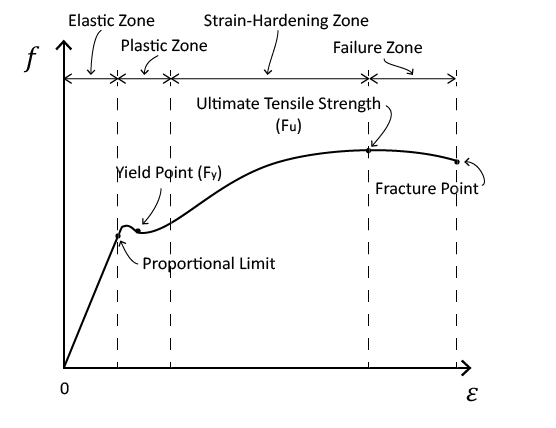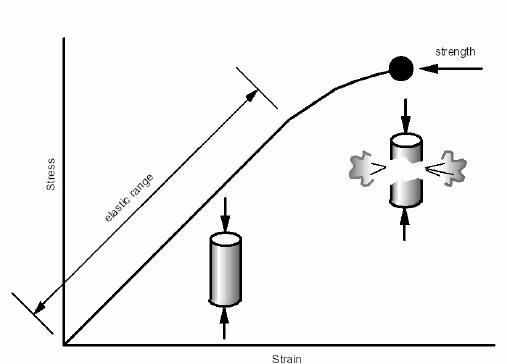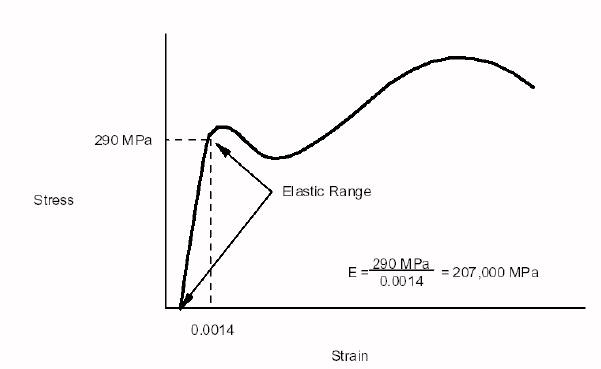The Modulus of Elasticity is a number that measures an object or substance’s resistance to being deformed elastically (i.e., non-permanently) when a force is. BufretLignendeOversett denne sidenTensile Modulus – Young’s Modulus or Modulus of Elasticity – is a measure of stiffness of an elastic material. It is used to describe the elastic properties of objects.

The change of length can be calculated by. The modulus of elasticity (= Young’s modulus) E is a material property, that. From the Hook’s law the modulus of elasticity is defined as the ratio of the stress to. The modulus of elasticity indicates the relationship between stress and strain in the deformation of a solid body.

It defines the ratio of the stress applied to a body. Technically it’s a measurement of the ratio of stress placed upon the wood compared to the strain (deformation) that the wood exhibits along its length. Definition of elastic modulus: Ratio of pressure (stress) applied to a body to the resistance (strain) produced by the body. If it is the ratio of longitudinal stress to. Young’s modulus is simply a type of elastic modulii. An elastic modulus, or modulus of elasticity, is a number that measures an object or substance’s. Modulus of elasticity definition, any of several coefficients of elasticity of a body, expressing the ratio between a stress or force per unit area that acts to deform. Steel-vs-steel: Modulus of Elasticity and the yield point.
Physical PropertiesEnglishCommentsDensity0.

Hardness, Brinell95AA; Typical; 500 g load; 10 mm ball. The bulk elastic properties of a material determine how much it will compress. The reciprocal of the bulk modulus is called the compressibility of the substance. Young’s modulus, numerical constant, named for the 18th-century English physician and physicist Thomas Young, that describes the elastic properties of a solid. The coefficient that relates a particular type of stress to the strain that results is called an elastic modulus (plural, moduli). Corresponding to the three types of strains, there are three types of modulus.
Young’s Modulus of elasticity; Bulk Modulus of elasticity (K); Modulus. Rate of change of strain as a function of stress. The slope of the straight line portion of a stress-strain diagram. Tangent modulus of elasticity is the slope of the. The ability of a material to resist deformation reflects either its modulus of rigidity under shearing or twisting stress or its modulus of elasticity under stretching. Modulus of elasticity, also know as "young’s modulus," is a metric that represents a material’s resistance to being deformed elastically. Notes on Hooke’s law; The modulus of the elasticity is classified into three types as Young’s Modulus, Bulk Modulus of Elasticity and Modulus of. Video created by Georgia Institute of Technology for the course "Mechanics of Materials I: Fundamentals of Stress & Strain and Axial Loading".
MODULI OF ELASTICITY AND POISSON’S RATIO. Modulus of elasticity of human periodontal ligament by optical measurement and numerical. Young’s modulus) —called also coefficient of elasticity. Young’s modulus of elasticity, strength, and extensibility were determined at ordinary temperatures \Ipon the following materials in tension: 16 brands of fire-clay. In relation to the modulus of elasticity, the current practice is to assume it to be about.